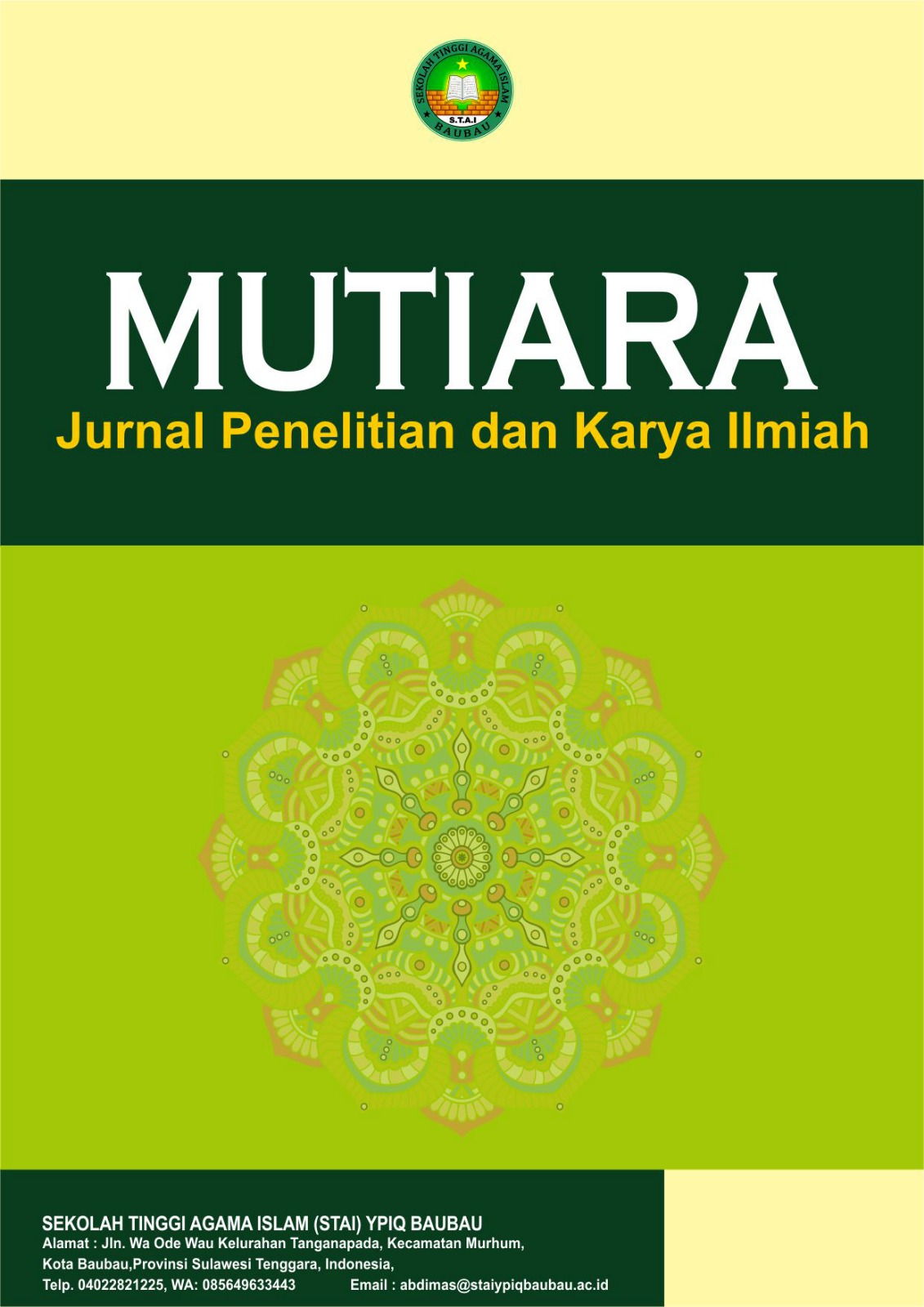Pengaruh Durasi Penggunaan Media Sosial Terhadap Pola Komunikasi Generasi Milenial : Studi Kasus Akun Instagram @Folkative
DOI:
https://doi.org/10.59059/mutiara.v3i2.2220Keywords:
Comuniccation Paterns, Folkative, Instagran, Milenial Generation, Social MediaAbstract
This article discusses the impact of social media usage duration on the communication patterns of the millennial generation, focusing on the Instagram account Folkative as a case study. In the digital era, social media has become the primary platform for millennials to interact and express themselves. This research identifies how the time spent on social media influences the way young people communicate, both digitally and face-to-face.Through content analysis and user engagement on Folkative, it was found that the duration of social media use correlates positively with engagement levels and changes in communication style, such as an increase in informal language and visual content. However, the study also notes emerging challenges, including a decline in face-to-face communication skills and mental health risks due to social media dependence. These findings highlight the importance of a deep understanding of social media's effects on millennial communication patterns and the need for strategies to maximize benefits while minimizing risks associated with social media use.
References
Astuti, N., & Laili, R. (2023). Pengaruh media sosial terhadap pola komunikasi dan hubungan. Sanskara Ilmu Sosial dan Humaniora (SISH), 1(02), 85–94.
Boyd, D. (2014). It’s complicated: The social lives of networked teens. Yale University Press.
Chandler, D., & Munday, R. (2011). A dictionary of media and communication. Oxford University Press.
Danesi, M. (2016). The semiotics of emoji: The rise of visual language in the age of the internet. Bloomsbury Publishing.
Dharmawangsa Journal. (2023). Pengaruh media sosial terhadap perilaku remaja millennial.
East South Institute. (2024). Pengaruh media sosial terhadap pola komunikasi dan hubungan interpersonal generasi Z.
Ellison, N. B., Steinfield, C., & Lampe, C. (2007). The benefits of Facebook "friends": Social capital and college students’ use of online social network sites. Journal of Computer-Mediated Communication, 12(4), 1143–1168. https://doi.org/10.1111/j.1083-6101.2007.00367.x
Howe, N., & Strauss, W. (2000). Millennials rising: The next great generation. Vintage Books.
Kaplan, A. M., & Haenlein, M. (2010). Users of the world, unite! The challenges and opportunities of social media. Business Horizons, 53(1), 59–68. https://doi.org/10.1016/j.bushor.2009.09.003
Kompasiana. (2023). Perubahan perilaku komunikasi sosial generasi milenial dan generasi Z di era digital. https://www.kompasiana.com/
Kuss, D. J., & Griffiths, M. D. (2011). Online social networking and addiction—A review of the psychological literature. International Journal of Environmental Research and Public Health, 8(9), 3528–3552. https://doi.org/10.3390/ijerph8093528
Pratama, A., & Hartono, R. (2021). Media sosial dan kesehatan mental mahasiswa di era digital. Jurnal Psikologi Digital, 2(1), 14–26.
Rahma, S. (2023). Ketergantungan media sosial dan dampaknya terhadap interaksi sosial. Jurnal Komunikasi Interpersonal, 5(2), 22–35.
Subrahmanyam, K., & Greenfield, P. M. (2008). Online communication and adolescent relationships. The Future of Children, 18(1), 119–146. https://doi.org/10.1353/foc.0.0006
Terabas News. (2024). Pengaruh media sosial terhadap keterampilan komunikasi generasi Z.
Turkle, S. (2011). Alone together: Why we expect more from technology and less from each other. Basic Books.
Twenge, J. M. (2017). iGen: Why today’s super-connected kids are growing up less rebellious, more tolerant, less happy—and completely unprepared for adulthood. Atria Books.
Valkenburg, P. M., Peter, J., & Schouten, A. P. (2006). Friend networking sites and their relationship to adolescents' well-being and social self-esteem. CyberPsychology & Behavior, 9(5), 584–590. https://doi.org/10.1089/cpb.2006.9.584
Warunayama Journal. (2023). Dampak media sosial terhadap pola komunikasi.
Downloads
Published
How to Cite
Issue
Section
License
Copyright (c) 2025 Mutiara : Jurnal Penelitian dan Karya Ilmiah

This work is licensed under a Creative Commons Attribution-ShareAlike 4.0 International License.








